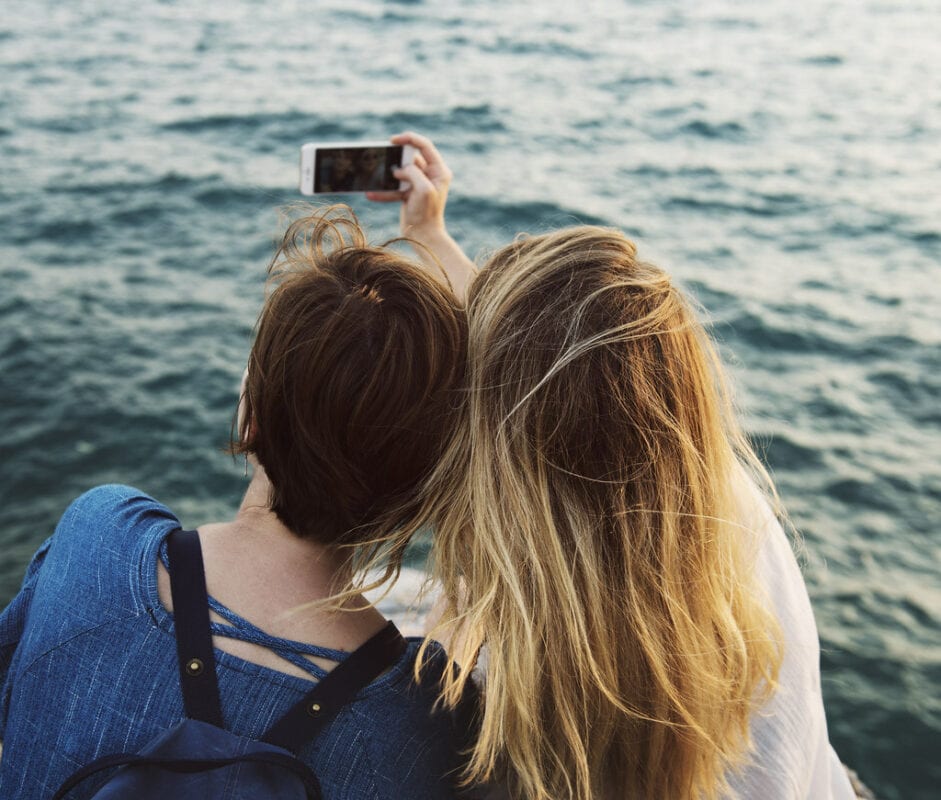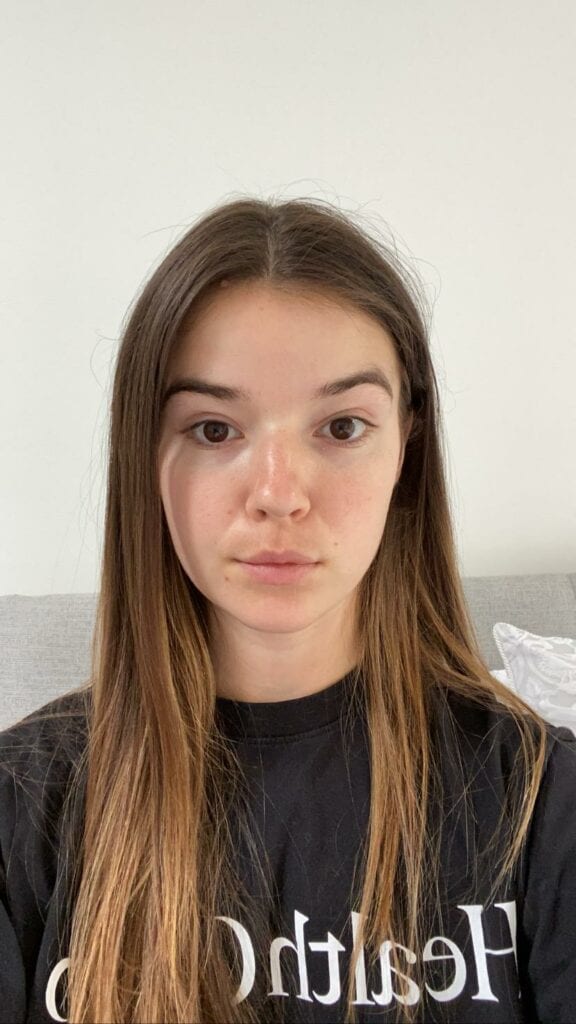Popular Cosmetics Brands are Responsible for Selfie Dysmorphia
Augmented Reality filters on social media have changed the way we sample cosmetic products. While this revelation has opened doors for marketers, it has also contributed to the rise in “selfie dysmorphia”.
What are Augmented Reality filters?

Do you remember when you could find dinky samples of a beauty product in your favourite magazine? Well, that was before social media marketers harnessed the power of AR (augmented reality) filters. Nowadays, consumers have the option to try hundreds of cosmetics products for free from their phones. Leading cosmetics brands such as MAC and Charlotte Tilbury have utilised AR filters to market products via a selfie filter on social media. AR filters use computer-generated effects layered over the image your camera displays. In other words, you can try on cosmetic products by using this smart filter. This is a huge win for marketers who subsequently have access to quite literally every person with an Instagram/Snapchat account. It seems like a win-win situation, right? Unfortunately, the problem lies within the “bonus” effects of the filter and the effects they are having on how we view ourselves.
Why is this causing Selfie Dysmorphia?
Cosmetic AR filters are a great tool when you want to try on 10 different lipstick shades without any of the mess. Alas, what you might not realise is that the filter is doing more than just showing you lipstick or fake eyelashes. To clarify, a common feature throughout these brands’ AR filters is their altering of user’s facial features. This includes but is not limited to skin smoothing, nose slimming, eye brightening and cheekbone enhancing. To illustrate this, I have willingly volunteered as a guinea pig to produce a before and after photo of one of these social media filters. This example is courtesy of Irish cosmetics brand SOSU by SJ. In addition to applying fake eyelashes and a healthy dose of blush, my face has also been digitally enhanced. Although I may still “look like me” it is impossible to deny that my eyes, nose and overall face shape have been changed.

Before SOSU by SJ filter 
After SOSU by SJ filter
What is Selfie Dysmorphia?
The term “Snapchat dysmorphia” otherwise known as selfie dysmorphia was coined by plastic surgeon, Dr. Schulman. Schulman noticed an increase in patients showing him filtered images from social media as an example of what they wanted to look like post-surgery. This phenomenon has targeted women especially. Moreover, recent studies revealed that girls as young as 16 are now expressing an interest in getting cosmetic surgery in order to look like filtered images of themselves. The photography project “Selfie Harm” involved teens editing photos of themselves as if they were going to post on social media. Common changes present in these photos included facial slimming and lip enlarging. It is significant to note that not one girl left her image unedited. Given these results, this project exhibited just how ingrained the effects of AR filters have become in how young people wish to be perceived.
“There’s an issue with losing perspective on what you actually look like, and it’s not something we talk about much”
Renee Engeln, Professor of Psychology at Northwestern University
What Now?

Ultimately, the crux of this issue lies within the fact that we used to compare ourselves to photoshopped images of celebrities whereas we are now comparing ourselves to airbrushed and altered images of ourselves. There are most definitely ethical concerns surrounding the use of face-altering technology by cosmetics companies in order to market their products. While these filters would exist regardless of cosmetics brands using them on social media, their use in advertising/marketing should be questioned. Going forward, brands should be more responsible in their marketing strategies, particularly when marketing to impressionable young audiences who are bearing the brunt of “selfie dysmorphia”.
_____________________________________________
Sources
Brucculieri, J., 2018. ‘Snapchat Dysmorphia’ Points To A Troubling New Trend In Plastic Surgery. [online] HuffPost UK. Available at: <https://www.huffpost.com/entry/snapchat-dysmorphia_n_5a8d8168e4b0273053a680f6> [Accessed 7 April 2021].
Cavanagh, E., 2020. ‘Snapchat dysmorphia’ is leading teens to get plastic surgery based on unrealistic filters. Here’s how parents can help.. [online] Insider. Available at: <https://www.insider.com/snapchat-dysmorphia-low-self-esteem-teenagers-2020-1> [Accessed 5 April 2021].
Lavrence, C. and Cambre, C. (2020) ‘“Do I Look Like My Selfie?”: Filters and the Digital-Forensic Gaze’, Social Media + Society. doi: 10.1177/2056305120955182.
Ramphul, K., & Mejias, S. G. (2018). Is “Snapchat Dysmorphia” a Real Issue?. Cureus, 10(3), e2263. https://doi.org/10.7759/cureus.2263







Recent Comments